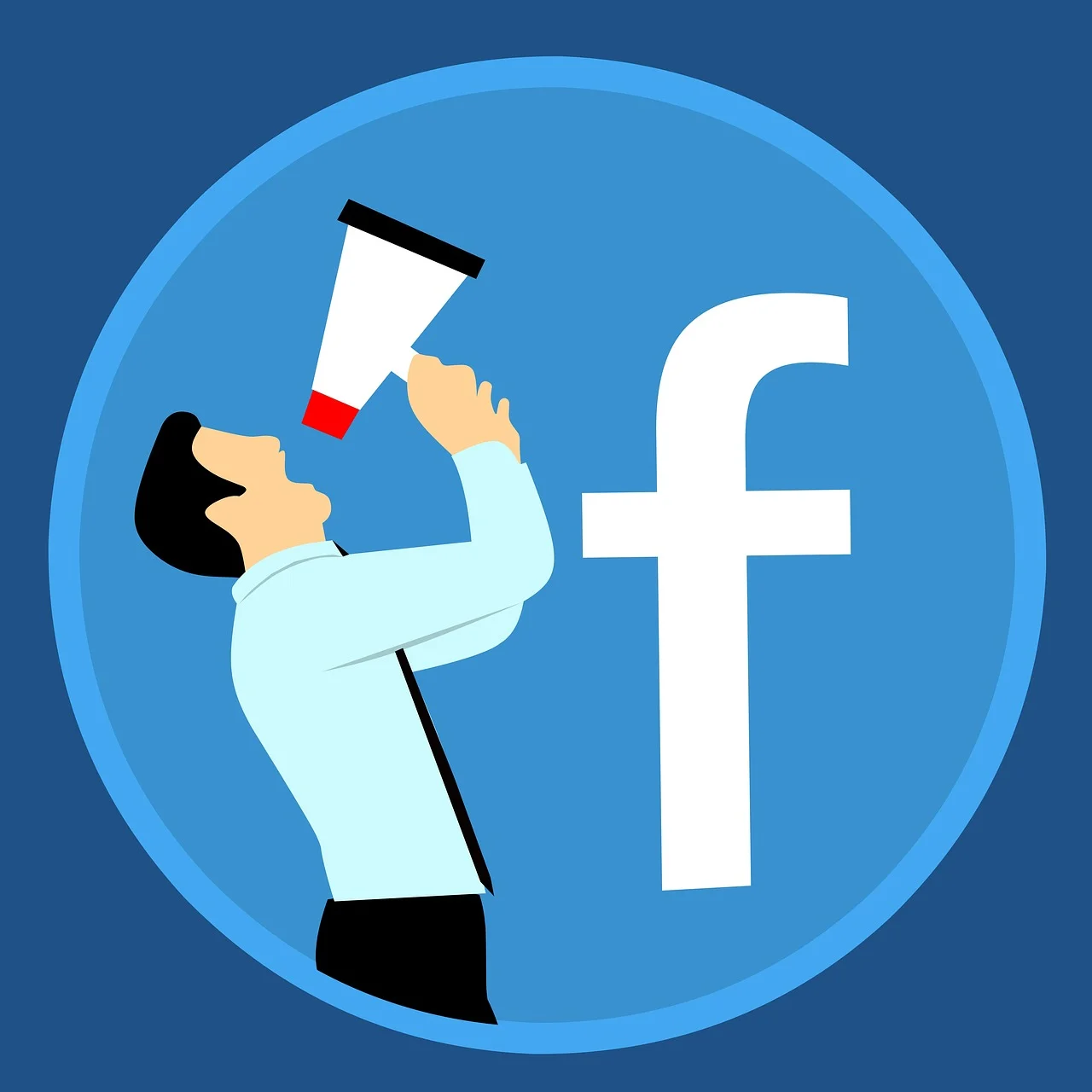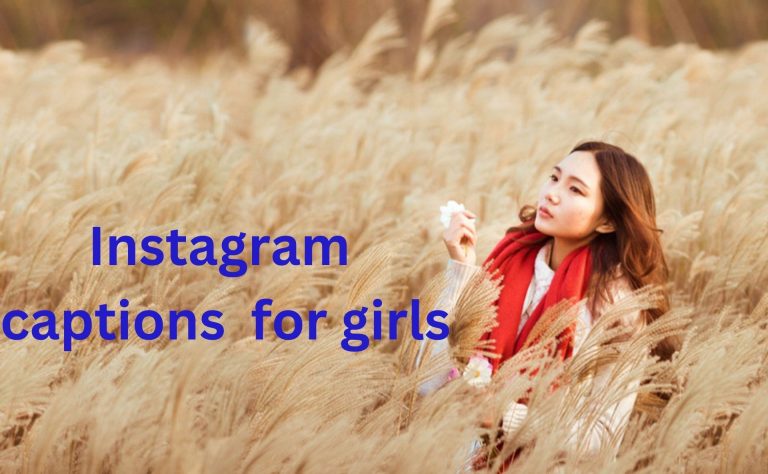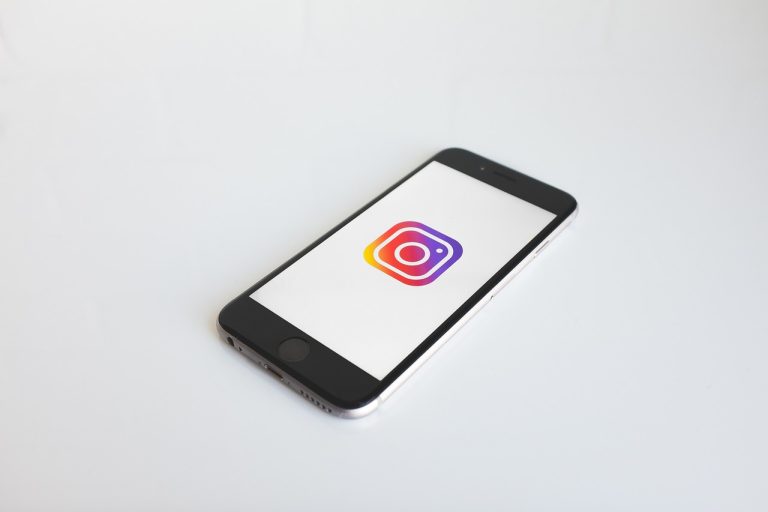How to Write Facebook Ad Copy That Converts

Facebook advertising reigns supreme as a powerful tool for reaching your target audience and achieving your marketing goals. But with countless brands vying for attention in the newsfeed, crafting compelling Facebook ad copy is crucial for standing out from the crowd.
This article is your comprehensive guide to writing Facebook ad copy that converts. We’ll delve into understanding your audience, crafting captivating headlines, and composing engaging ad copy that resonates with them. We’ll also explore the importance of visuals, A/B testing, and avoiding common pitfalls to ensure your Facebook ads deliver maximum impact.
Understanding Your Audience
Before you even put pen to paper (or finger to keyboard), it’s essential to understand who you’re trying to reach. Think of your target audience as unique individuals with specific needs, desires, and pain points.
- Who are you trying to reach? Are you targeting fitness enthusiasts, young parents, or tech-savvy professionals?
- What are their pain points and desires? What struggles do they face? What are they hoping to achieve?
- Where are they in the buying journey? Are they just becoming aware of a problem, actively researching solutions, or ready to buy?
By understanding your audience on a deeper level, you can tailor your Facebook ad copy to speak directly to their needs and resonate with them on a personal level.
Crafting Compelling Headlines
The headline is your first impression, and you only have a few seconds to capture someone’s attention. Here’s how to craft headlines that grab attention and entice users to click:
- The power of the first impression: People make snap judgments about ads in milliseconds. A strong headline is crucial for stopping the scroll and piquing their interest.
- Techniques for grabbing attention: Use powerful verbs, ask intriguing questions, highlight a unique selling proposition (USP), or create a sense of urgency.
- A/B testing different headlines: Don’t be afraid to experiment with different headlines to see which ones resonate best with your audience.
Imagine your headline as the opening line of a captivating story. It should spark curiosity and make the user want to find out more.
Writing Engaging Ad Copy
Once you’ve hooked them with a captivating headline, your ad copy needs to deliver the goods. Here’s how to write engaging ad copy that keeps users interested and compels them to take action:
- Focus on benefits, not features: People don’t care about features; they care about what those features can do for them. Focus on how your product or service will improve their lives, solve their problems, or fulfill their desires.
- Storytelling and emotional connection: Weave a story into your ad copy. People connect with stories on an emotional level, making them more receptive to your message. Highlight real-life scenarios where your product makes a difference.
- Using strong calls to action (CTAs): Don’t leave people guessing what to do next. Tell them exactly what you want them to do, whether it’s visiting your website, downloading a free trial, or making a purchase. Use clear and concise CTAs like “Shop Now,” “Learn More,” or “Sign Up Today.”
Think of your ad copy as a conversation with a friend. Use a friendly and approachable tone, highlight the value you offer, and make it clear how your product or service can benefit them.
Optimizing Your Visuals
Visuals are a critical component of any effective Facebook ad campaign. After all, a picture (or video) is worth a thousand words. Here’s how to leverage visuals to enhance your ad copy:
- The importance of high-quality images and videos: Invest in high-quality visuals that are professional, eye-catching, and relevant to your target audience. Blurry, low-resolution images will only detract from your message.
- Aligning visuals with your copy: Your visuals should complement your ad copy, not contradict it. Use images and videos that illustrate the benefits you’re highlighting in your text.
- Eye-catching visuals that stand out: Make your visuals pop in the newsfeed. Use vibrant colors, clear compositions, and elements that naturally draw the eye.
Remember, visuals are a powerful tool for grabbing attention and conveying information quickly. Use them strategically to make your Facebook ads even more impactful.
A/B Testing and Tracking Results
The world of Facebook advertising is dynamic, and what works today might not work tomorrow. That’s why A/B testing and tracking your results are crucial for ongoing optimization.
- The importance of continuous optimization: Don’t set your ads and forget them. Facebook provides powerful tools for A/B testing different elements of your campaign, such as headlines, visuals, and CTAs. This allows you to see what resonates best with your audience and continuously refine your approach for maximum performance.
- Testing different elements of your ad: Try different variations of your headlines, images, ad copy, and CTAs to see which combinations generate the most clicks, conversions, or sales.
- Analyzing data to improve performance: Track key metrics like click-through rate (CTR), conversion rate, and cost per acquisition (CPA). Analyze this data to identify what’s working and what’s not. Use these insights to adjust your ad copy, targeting, and overall strategy for better results.
Think of A/B testing as a scientific experiment. You’re testing different hypotheses to see which ones produce the most desirable outcome. By continuously testing and analyzing data, you can ensure your Facebook ads are firing on all cylinders.
Common Facebook Ad Copy Mistakes (and How to Avoid Them)
Even the most seasoned marketers can make mistakes when crafting Facebook ad copy. Here are some common pitfalls to avoid:
- Generic and uninspiring copy: Avoid bland and generic ad copy that fails to capture attention. People are bombarded with ads every day, so yours needs to stand out from the crowd.
- Focus on benefits, not features. Don’t just list features; tell a story about how your product or service will improve the user’s life.
- Use strong verbs and vivid language. Make your ad copy engaging and interesting to read.
- Focusing on yourself, not the audience: Don’t make your ad copy all about you and your company. Focus on the audience’s needs, desires, and pain points.
- Speak directly to your target audience. Use language they understand and address their specific challenges.
- Highlight the benefits you offer. Explain how your product or service will solve their problems or make their lives easier.
- Making false promises or misleading claims: Don’t try to trick people into clicking on your ad. Be honest and transparent about what you offer.
- Focus on building trust with your audience. Authenticity goes a long way in the digital age.
- Deliver on the promises you make in your ad copy. Don’t disappoint users with a misleading ad that leads to a disappointing landing page.
- Poor visuals and unclear CTAs: Low-quality visuals will only detract from your message, and unclear CTAs will leave users confused about what to do next.
- Invest in high-quality images and videos. They should be professional, eye-catching, and relevant to your target audience.
- Use clear and concise CTAs. Tell users exactly what you want them to do, whether it’s visiting your website, downloading a free trial, or making a purchase.
By avoiding these common mistakes, you can craft Facebook ad copy that is engaging, informative, and effective at achieving your marketing goals.
Conclusion
Crafting compelling Facebook ad copy is an art and a science. By understanding your audience, writing engaging content, and leveraging the power of visuals, you can create ads that resonate with users and drive conversions. Remember, A/B testing and continuous optimization are your allies in this endeavor.
By following the tips and strategies outlined in this guide, you can transform your Facebook advertising efforts from mediocre to magnificent. Start crafting irresistible ad copy that gets clicks, sparks conversations, and ultimately converts into loyal customers.
FAQs
1. How long should my Facebook ad copy be?
There’s no one-size-fits-all answer, but generally, shorter is better. Aim for concise and impactful copy that gets your message across quickly. Facebook allows for 125 characters in the headline, 4 lines of text in the body, and a call to action of 30 characters.
2. What types of visuals should I use in my Facebook ads?
High-quality images and videos are crucial. Use visuals that are relevant to your target audience and visually appealing. Consider using lifestyle images that showcase your product or service in action, or infographics to present complex information in an easily digestible way.
3. How often should I A/B test my Facebook ads?
There’s no hard and fast rule, but it’s a good idea to test different elements regularly. You can start by testing a few variations of your headline and see which one performs best. Once you’ve identified a winner, you can then test variations of your visuals or CTAs. The key is to be data-driven and continuously refine your approach based on what works best for your audience.
4. What are some additional tips for writing effective Facebook ad copy?
- Highlight social proof: Include testimonials, reviews, or case studies to build trust and credibility.
- Create a sense of urgency: Use limited-time offers or scarcity tactics to encourage users to take action now.
- Target your ads precisely: Facebook’s powerful targeting options allow you to reach the exact audience most likely to be interested in what you offer.
5. Where can I find more information about Facebook advertising?
Facebook offers a wealth of resources for advertisers, including tutorials, guides, and case studies. You can also find helpful information and insights from industry blogs and social media marketing experts.
By following these tips and leveraging the power of Facebook advertising, you can reach your target audience, generate leads, and achieve your marketing objectives. Remember, the key lies in understanding your audience, crafting compelling ad copy, and continuously optimizing your campaigns for maximum impact.






